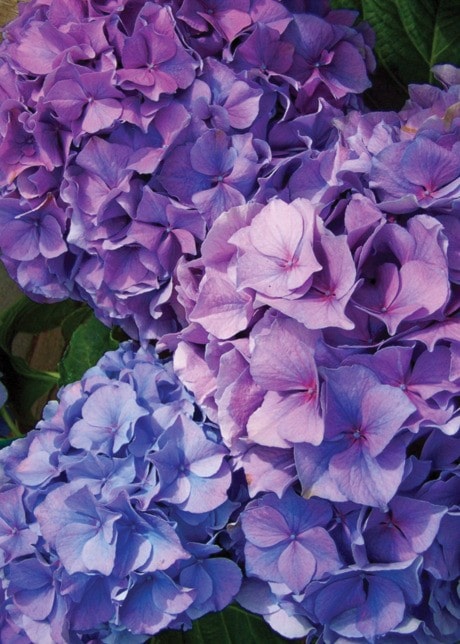It’s been bugging me for quite some time now, so I’m just going to come out and say it: Valentine’s Day is a sexist holiday.
Try asking yourself the last time you saw huge lineups of women at the Canadian Tire check-outs, looking to purchase tools for their significant others on Feb. 14?
Or a newspaper ad promoting romantic dinner packages geared towards men? I personally would love to receive something along the lines of two hockey tickets, two hotdogs and two beer on Valentine’s Day.
But such is not the case, and being somewhat psychic (or fearfully male), I can tell you exactly what’s going to happen 10 days from now – panic-stricken men are going to go from florist to garden centre to supermarket in search of the best deal they can get on a dozen red roses. If they’ve been in the proverbial doghouse of late, they might throw in some chocolates, a badly written card or dinner out.
But make no mistake about it, the primary motive here is one of fear (of not buying enough) and the resulting weeks of Kraft dinner that they would have to endure.
That’s not to say that there aren’t less demanding, considerate women out there, and I would like to tell you the story of one such member of the fairer sex who probably never received a red rose in her lifetime, but actually had three flowers named after her: Jeanne Baret.
She was born in 1740 in the Burgundy region of France to an illiterate father and an educated Huguenot mother. As a young woman, she became the housekeeper of French naturalist Philibert Commerson and his wife in Paris. Shortly after her arrival, Commerson’s wife would die in childbirth and Baret would take over the household affairs.
About a year later, Commerson was invited to join a voyage to circumnavigate the globe with Admiral Louis-Antoine de Bougainville, as the ship’s botanist. He was reluctant to accept the position due to his delicate health, until he hatched a plan to bring Baret along with him as his personal assistant.
At the time, women were strictly forbidden aboard French naval ships, so she was forced to dress and play the part of a male cabin boy.
Due to the amount of equipment Commerson brought along with him, the captain of the ship they were sailing on gave them his cabin (and private toilet), which allowed Baret to keep her secret in such tight quarters.
For the next few years, Baret donned a sailor’s cap, used linen bandages to flatten her chest, wore loose clothing and changed her name to Jean (the French version of John).
She would also become Commerson’s nurse, labourer (in regards to having to physically carry plant, mineral and seashell specimens) and cataloguer, while all along hiding her true identity.
She is likely the person who discovered a flowering vine in Rio de Janeiro that Commerson would later name after his patron, Bougainvillea.
Her travels would also take her to many dangerous places, including South America, the Dutch East Indies and Tahiti. It was the latter where her true identity was finally discovered by Tahitian natives, who doggedly claimed that she was indeed a woman.
Baret would eventually admit as much to Admiral Bougainville, who still commended her on keeping her secret for so long and good behaviour. Their travels would end in Mauritius (then known as Ile de France), where the admiral (hoping to avoid scandal back home) convinced the pair to stay as guests of Governor Pierre Poivre – a fellow botanist and old friend.
Commerson would continue his botanical pursuits both there and on Madagascar, where he discovered a white-flowered shrub he named in honour of Jeanne, Baretia bonafidia (which was later reclassified as Turraea).
Commerson would die in 1773, leaving Baret with no means to return home, until 1774, when she married a French Army officer and returned to France with him.
Upon her return, she became the first woman to circumnavigate the globe and changed her name to Hortense. Legend has it that the mophead hydrangea (Hydrangea macrophylla) was originally named after her as Hortensia, and it is still commonly known as such in Europe.
As was common practise back then, more than 70 species of plants still bear the epithet commersonii in their botanical name, yet none remain to honour this remarkable woman.
That changed recently when biologist Eric Tepe of the University of Utah named a South American species of vine as Solanum baretiae in her memory.
How’s that for a romantic story?
Mike Lascelle is a local nursery
manager and gardening author
(hebe_acer@hotmail.com).
